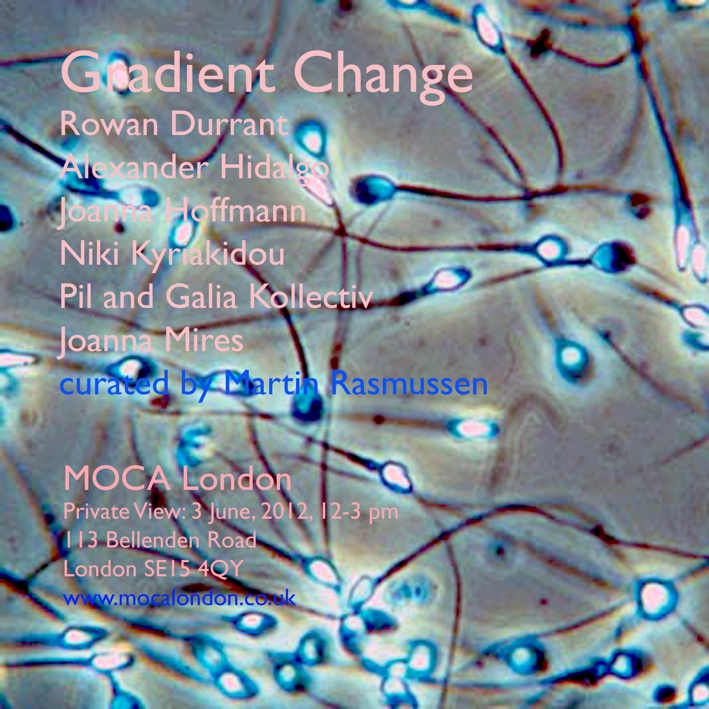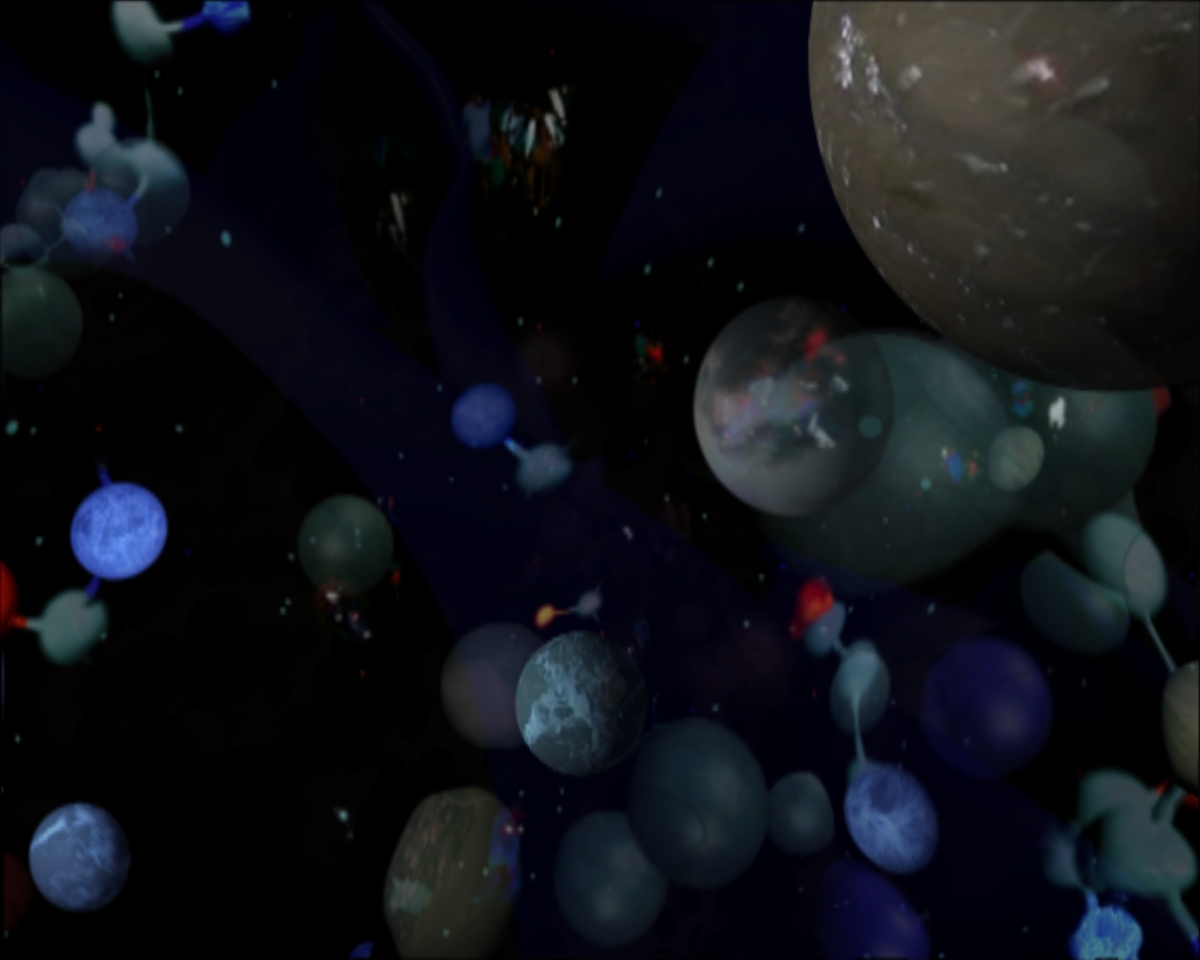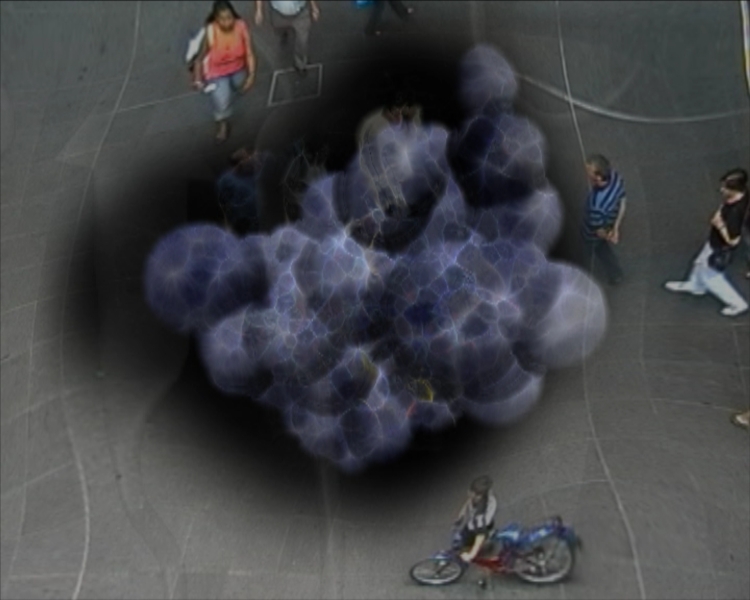
MOCA
Museum
of Contemporary Art, London
Curated by Martin Rasmussen

“Tiny
masters of metabolism and movement are often ready and willing to associate with
larger forms when environmental pressures encourage togetherness. Evolution’s
menagerie is far more responsive to immediate environmental forces than the
“random mutation” contingent would have us believe.”
Acquiring Genomes, A Theory of the Origins of Species, Lynn Margulis and Dorian Sagan, p. 20
This
exhibition is inspired by biologist Lynn Margulis’ critique of evolutionary
theory that emphasises systems’ tendency to organise from gradients in their
immediate surroundings rather than from their own internal components. Lynn
Margulis and Dorian Sagan, in their research, stress the importance of symbiotic
or cooperative relationships between species, for instance how cells collaborate
with bacteria to produce a working functioning body. Sperm cells are not racing
against each other towards fertilization; it is more a matter of making sure at
least one cell gets there in time; however the sperm cell is as caricature
depicted as being competitive (“Whenever
you feel worthless, REMEMBER you were once the quickest sperm cell” - joke
found online)
Complex
ecosystems have the ability to reduce gradients; as they mature, the energy and
material cycles become larger in scope. Tropical forests have a superior ability
to cool themselves relative to grasslands and deserts.
The
works in this exhibition respond to these ideas and highlight how competition
relates to one aspect of evolutionary theory only. This approach to the
development of the world is very apparent in culture. Capitalism holds on to a
Darwinian inspired approach reflected by human endeavor. Put simply; these ideas
allow for a sigh of relief in conversations concerning inequality and how
capitalism may not be operating in it most effective mode!!
__________________________________________________________________
“Hidden topology of being II” see also "Hidden topology of being"
2 channel videoanimation, 7min.26 sec.(1); 6min44sec (2)
music:
Dave Lawrence, Yashas Shetty
The
structure of a protein molecule, “the basic brick of life”, is composed of
chains of amino acids quite common in our Universe. Exposed to X-rays it shows
an arrangement of atoms that might serve as a map of starry Space, whereas its
folded, globular form brings to mind the mysterious, geometric formations known
as Calabi-Yau manifolds. According to the superstring theory, they
contain extra dimensions of our world, compacted to the subatomic level and
hidden from our limited perception.
Bridging
scientific imagery with everyday recordings and poetry, the piece questions
the matter of life from subatomic processes to stardust, revealing fundamental
homogeneity and interdependence of micro and macro, animated and no-animated
components of our world.
It invites the viewer for intuitive examination of the unfathomable, multidimensional nature of our reality and of deeper relations between the human being and his environment

